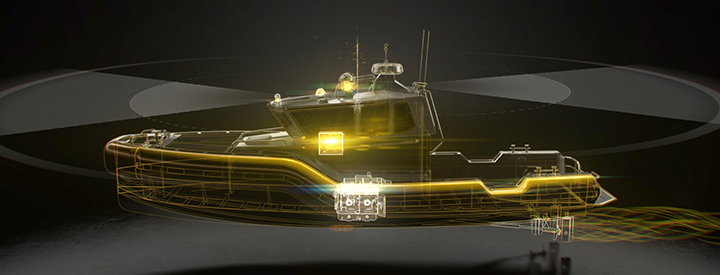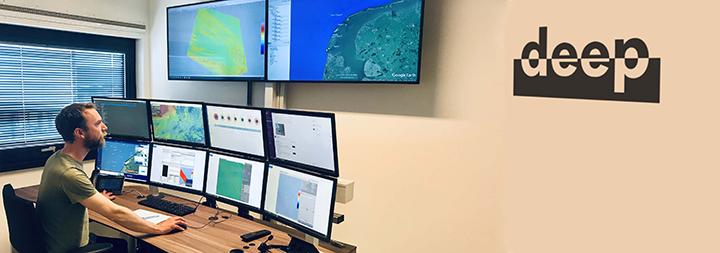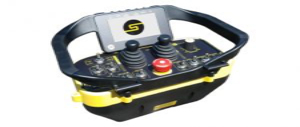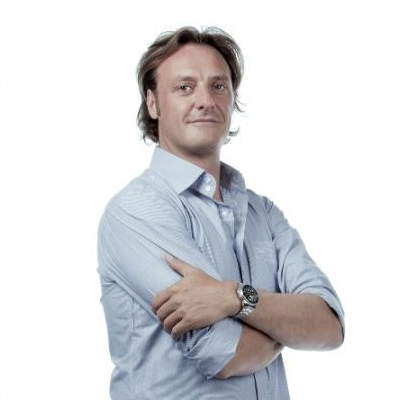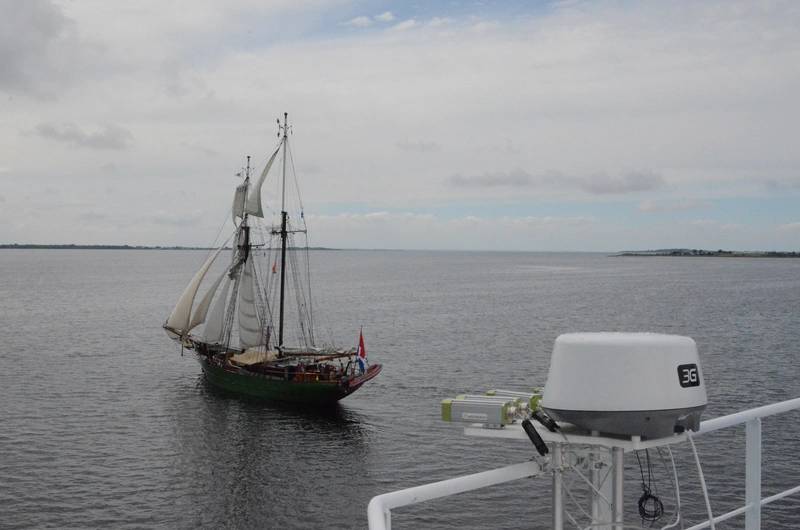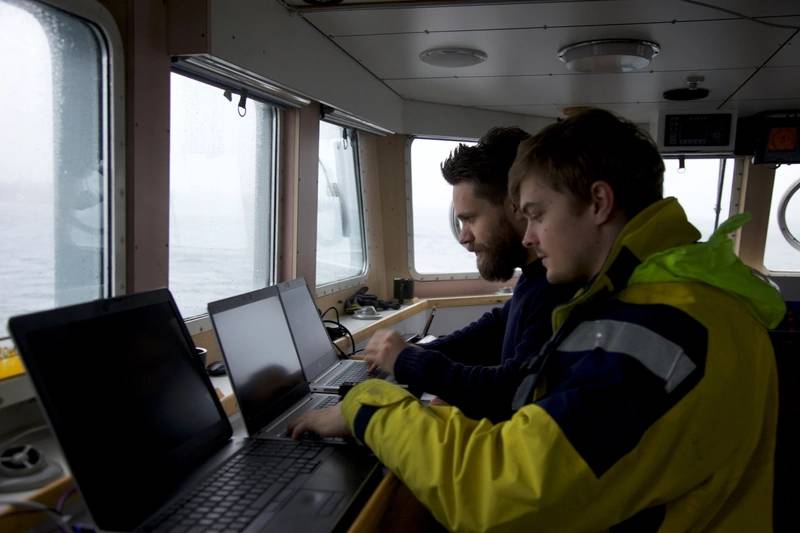September 15, 2020 Maritime Safety News
Please use the sharing tools found via the share button at the top or side of articles. Copying articles to share with others is a breach of FT.com T&Cs and Copyright Policy. Email licensing@ft.com to buy additional rights. Subscribers may share up to 10 or 20 articles per month using the gift article service. More information can be found here.
https://www.ft.com/content/06c9a10a-ec47-4c48-8e7f-fc64cd295e50
Next month an ultra-modern 15-metre trimaran will slip into Plymouth harbour on Britain’s south coast, flagging the way to a new future in maritime transport. The ship is striking for its sleek design, solar panels and state of the art navigation systems. But it will also be notable for what is not on board: any sailors. The Mayflower Autonomous Ship, which will attempt to recreate the original voyage of the Mayflower across the Atlantic Ocean 400 years ago, is one of the most high-profile initiatives aiming to revolutionise a 10,000-year-old form of transport. The robot revolution, which is already transforming air and road transport, is increasingly touching our seas, too. To date, the push for fully autonomous shipping has received less attention and investment than other transport sectors, but it might have the most profound impact of all. In 2018, Rolls-Royce and Finferries, Finland’s state-owned shipping company, demonstrated the world’s first fully autonomous car ferry near Turku. In South Korea, SK Telecoms and Samsung have developed a 5G-enabled autonomous test ship. Allied Market Research has forecast that the autonomous ships market could be worth $135bn by 2030. In some respects, autonomous ships face an easier challenge than self-driving cars or aircraft. There is far less traffic on the seas and bad things tend to happen at slower speeds. But in other respects, the obstacles are greater because ships face far more extreme operating conditions and patchier connectivity. It is not easy to make image recognition systems work in the middle of a transatlantic storm with weak internet access while the boat is pitching up and down on massive waves. “The ocean humbles you very quickly,” says Don Scott, the Mayflower project’s chief technology officer. Autonomous ships can also face a wide variety of operating conditions. The challenges of navigating congested ports and harbours are very different from the dangers of running aground in littoral waters or sailing on open oceans. As with other forms of transport autonomy, any adoption of new technology will have to deal with ingrained working practices, outdated legislation and insurance concerns. But the initial challenge will be to prove that the technology can work safely, consistently and cheaply enough. Powered by wind and solar energy, the Mayflower is bristling with satellite navigation systems, oceanographic and meteorological instruments, sonar, radar and lidar, all enabled by IBM’s latest computer technology. IBM’s latest computer technology enables the instruments on board The US tech company sees autonomous shipping as a good test case for its edge computing expertise, which distributes computation and data storage to the locations where it is needed. IBM’s vision recognition systems will help identify other ships, debris, whales and icebergs, while an AI-enabled “captain” will command the vessel. The original Mayflower voyage, carrying 102 pilgrims to the New World, lasted 66 days. The autonomous Mayflower is expected to complete the journey in about 12. But its maiden voyage to the US, originally planned for next month, has had to be delayed until April because of complications caused by the coronavirus pandemic. The Mayflower project is being run by Promare, a non-profit company focusing on marine research and exploration. Its longer term aim is to send the Mayflower out on long ocean voyages to collect research data about global warming, plastic pollution and the impact on fish and marine mammals. “The Mayflower is a very good use case. It’s a fun opportunity to develop marine autonomous systems that have an incredible future,” says Mr Scott. “This has the potential to be a very disruptive technology. But it will not be an explosive change.” As the Mayflower pilgrims found in 1620, surviving an arduous journey and reaching the promised land is only part of the challenge. Creating a viable new economy takes a lot longer.
Source: fft.com

